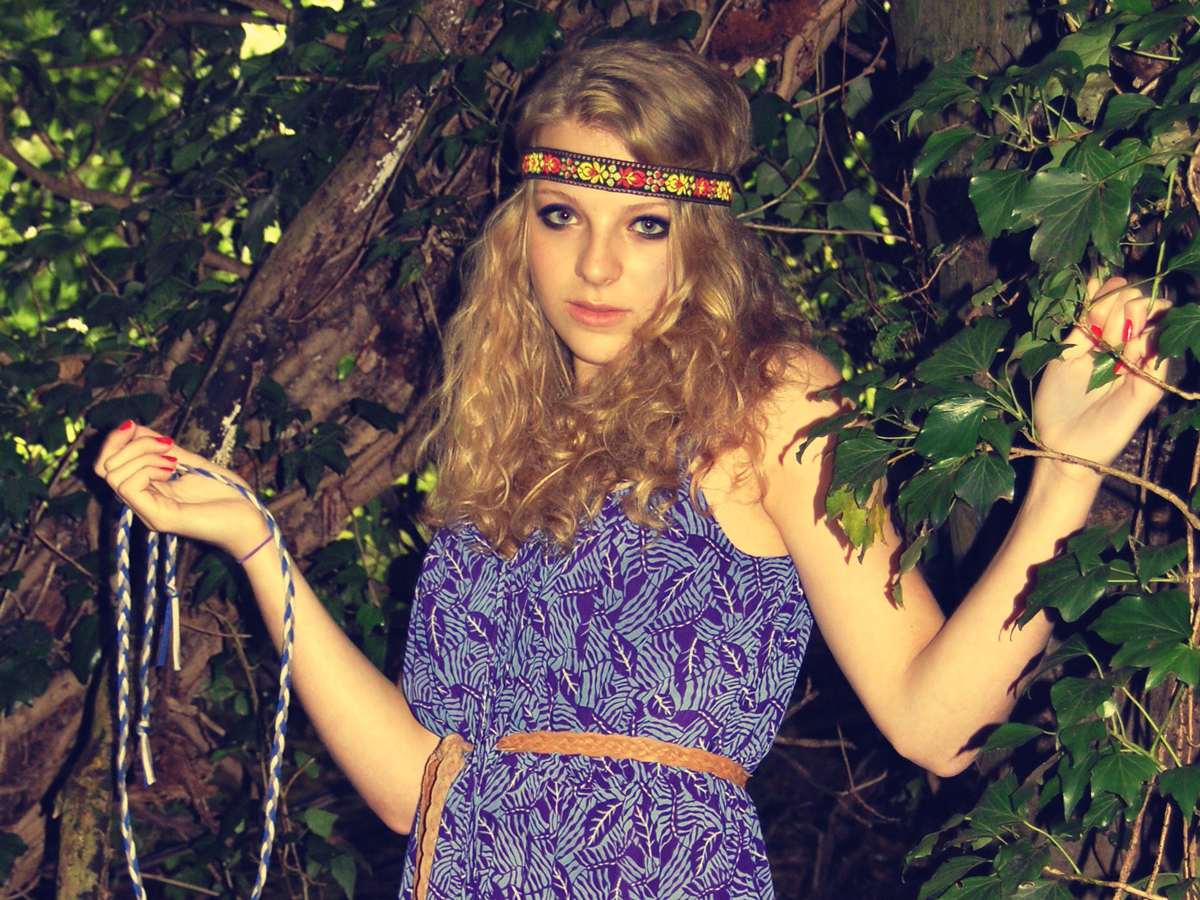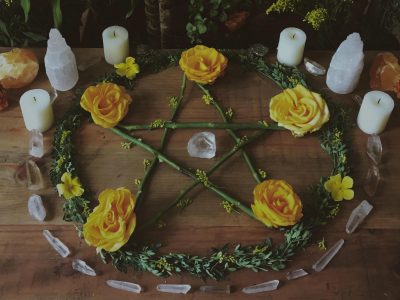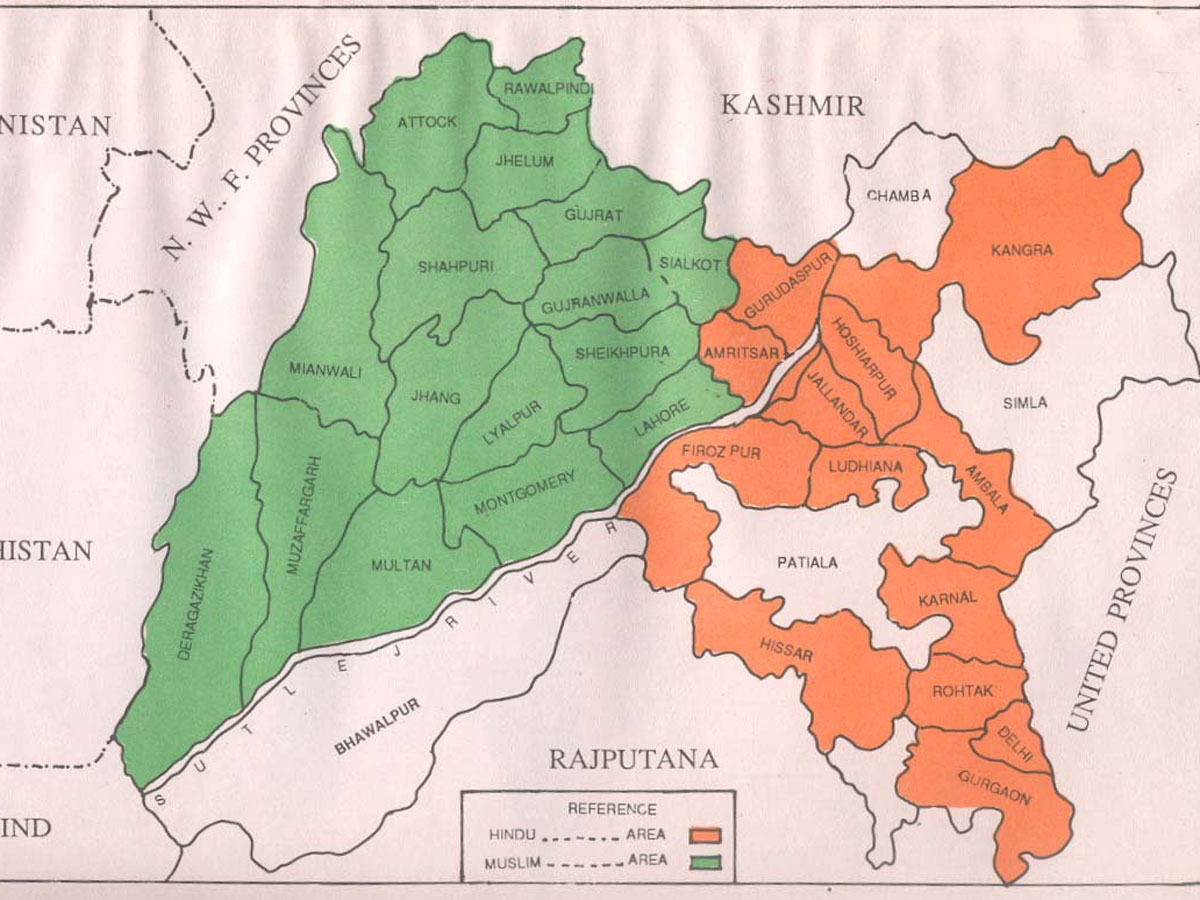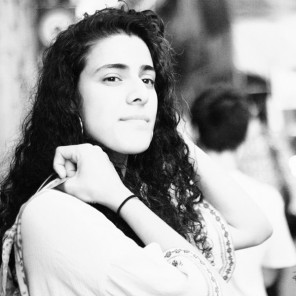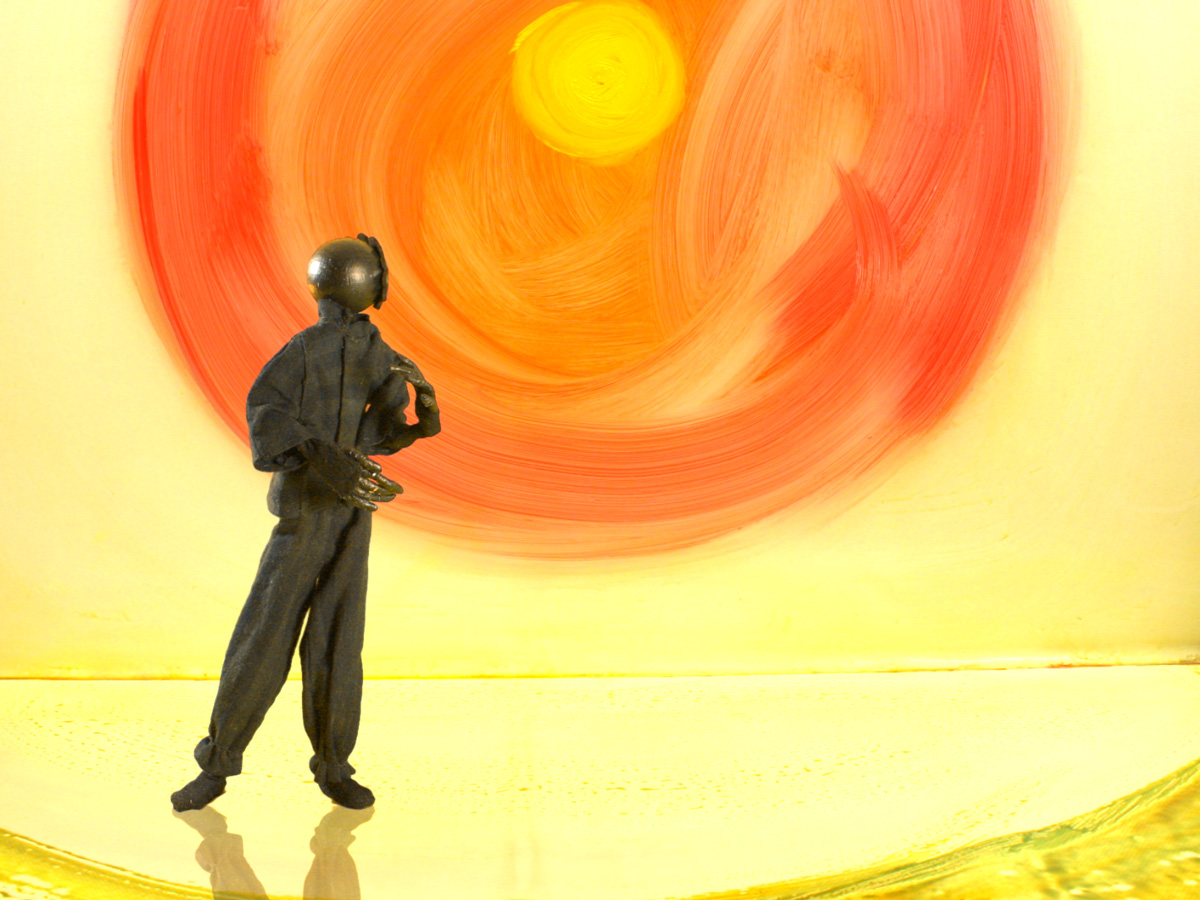What Happened to the Hippies?
Nickie explores the hippy subculture and what it means to be a modern hippy in Bristol.
If you could quote Alan Watts and wore crystals, you went up in my books.
It all started in my friend’s car, driving down a country lane one afternoon. Leaning on a tree was a girl with long, blonde hair. She was wearing an Aztec-patterned jacket and a billowing skirt. Turning in my seat, I watched her; a flash of colour and round sunglasses.
I patted my friend’s arm with my naïve, teenage hand. ‘That was a hippy,’ I said.
At the time, I didn’t know much about the movement, apart from hippies being good and kind and enlightened (or something). If you could quote Alan Watts and wore crystals, you went up in my books. If you wore hemp and knew why you were wearing hemp, even better. I hit the local high street and realised sadly, the world had not changed overnight – every chains sold shirts with ‘MAKE LOVE NOT WAR’ plastered across them. Consumerism was king, festival wristbands did not make the man, and colourful threads were not the honing beacon I hoped them to be.
Despite this, I adopted a tie-dye shirt, wore it with corduroy (one time, but it still counts). I read Hermann Hesse, listened to The Grateful Dead, and pretended I understood Jim Morrison’s poetry. Someone called me an ‘Asian Janis Joplin’, and I was sure I’d made it in life.
Someone called me an ‘Asian Janis Joplin’, and I was sure I’d made it in life.
Of course, I did a little digging about the hippy subculture, too. Past plenty of Woodstock footage, I learned that the movement sprung from the university campuses of 1960s America. Students protested the Vietnam War, casting aside the more conservative attitudes of the 50s. Martin Luther King led the Civil Rights Movement. Individuals like Timothy Leary advocated mind exploration through psychedelic drugs. The birth control pill was approved by the FDA, meaning sexual liberation and women’s rights forged ahead. The Beatniks made room for The Beatles, and places like Haight-Ashbury became a haven for flower-wearing, peace-loving folk.
In general, the hippy movement opposed nuclear weapons and championed eco-friendliness. They believed in equality for all, some affiliating with The Black Panthers and other socialist organisations. The subculture was a reaction to the mandatory military enlistment that saw many young men fighting a war they didn’t believe in – and the looming threat of nuclear war. Political issues were brought to the foreground, and Eastern religion and spirituality were embraced. The more I learned, the more I was convinced – the dirty hippies were right
Some saw the youth as nihilistic, irresponsible…
Of course, not everyone would agree (whether in the 60s or today). Some saw the youth as nihilistic, irresponsible – communists refusing haircuts. Within a few years, even those who initially supported the movement began to criticise it for leaving behind its political roots. In his 1967 essay, ‘Hippies: The Love Thing’, Lawrence Swaim wrote that ‘a lot of hippies are now completely apolitical’. He argued that, if there’s a problem, the ‘hippy’ solution is to ‘put down your book and dig the cracks in the windowpane’. According to Swaim, not only were the hippies of the late 60s politically inactive – they were downright ignorant.
By the 70s, the ‘flower children’ had grown up, and the Vietnam War had come to an end.
By the 70s, the ‘flower children’ had grown up, and the Vietnam War had come to an end. San Francisco saw a surge of tourists, all looking to experience ‘authentic’ hippiedom – but the increase in people did nothing for the movement as a whole. The ‘plastic hippy’ – a result of commercialism – was arguably on the rise. In his essay, ‘The Language of Fashion’, Roland Barthes himself wrote rather scathingly that hippies – with their ‘collective living, bare feet, dirtiness [and] ragged clothing’ – were creating a “caricature of economic alienation”. Hippies were privileged youths from middle-class backgrounds, waxing poetic about issues they didn’t understand. The whole thing was a passing fad. Of course, not everyone would agree; I asked Charlotte Shemilt, co-founder of activist group, Animal Rights Awareness and Enlightenment, what ‘hippy’ meant to her.
‘For me, the term ‘hippy’ represents individuals who want to spread a message of compassion and peace,’ Charlotte began. ‘A hippy would take serious action to protect planet Earth and all her inhabitants against the poison of society and the system. In this modern day, being a hippy seems to be just a fashion trend,’ Charlotte continued. ‘The hippy message of compassion and love for the Earth, animals and plants, seems to have been lost. This saddens me greatly.’
Despite this, the ideas of the hippy subculture are still spoken about today (I’m writing this article, aren’t I?). So, where are all the hippies today? Outside of the New Age movement and other esoteric groups, more and more people are becoming conscious of the environment. Organic eating has been steadily on the rise for a few years, and eco-friendly fashion is a big topic of discussion.
I asked Kalkidan Legesse, co-founder of sustainable fashion brand Sancho’s Dress, what she thought about the evolution of the hippy counterculture. What did they look like today?
‘Because green activists were some of the first pioneers of ethical fashion,’ Kalkidan began. ‘The industry provided most keenly to them. However, today, more mature industries offer more choice.’
Kalkidan is right; Sancho’s Dress is fair-trade and environmentally friendly, but also stylish, with clean, contemporary cuts. They are as much suited to the office as they are for rambling in the forest. ‘When we began Sancho’s Dress, we were completely aware that providing choice would be one of the challenges of the industry,’ Kalkidan said. ‘I think it’s important to show that ethical fashion is a process, and not a finished item.’
So, you’re not limited to paisley harem pants if you want to be environmentally conscious. For brands like Sancho’s Dress, it’s imperative that sustainable options are available to everyone. Much like Kalkidan and Charlotte, the ‘beautiful people’ of the 60s were young folk, reacting to what they believed unjust, and seeing a better vision for the world.
Given that definition, chances are you’re a bit of a hippy yourself.
Oh, hippies, you get a bad rep with all that peace love and understanding stuff. Tell us what it’s like being a modern hippy. Is it easier in hippy dippy Bristol? Tell us. Over on @rifemag. Let us know. Talk to us. We like talking.

